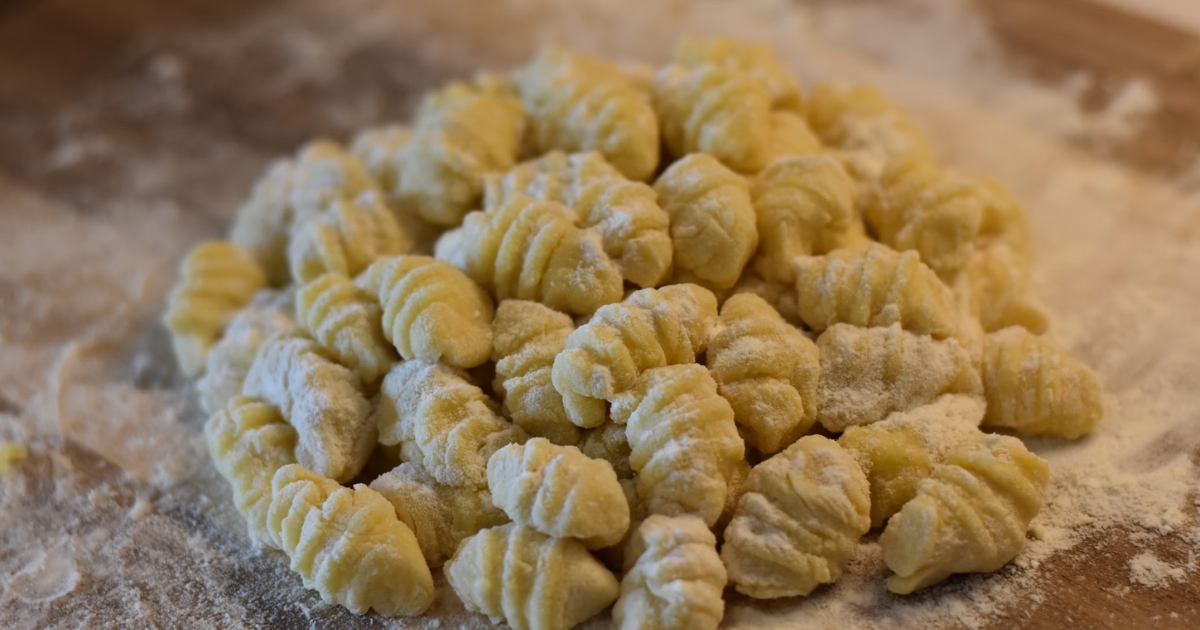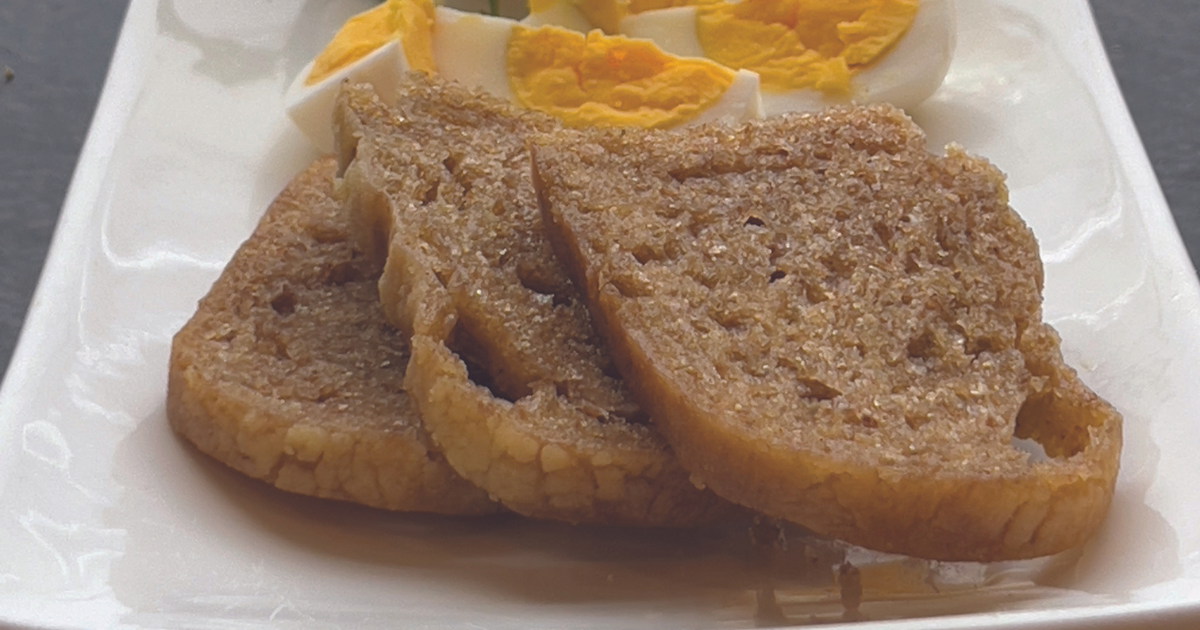You can keep the foie gras and the truffles. Ditto for the lobster and caviar. And what’s with the Wagyu? When my time is up, I want my last meal to be a big bowl of extra-crispy fried potatoes, generously dusted with Parmigiano-Reggiano, fresh herbs, and sea salt crystals that explode in your mouth — all served up with a side of garlicky aioli. Given the option, I’ll gladly wash them down with a magnum of ’61 Cheval Blanc, but beyond that, I will want for nothing more to smooth my transition to the afterlife.
Let it be known, I’ll be making these fries at home. When it comes to potatoes, I’ve lost my faith in restaurants. More often than not, my order arrives sorrowfully under-crisped, and/or lukewarm and limp. If you have spent any time in a restaurant kitchen, it’s easy to understand the problem. It’s the sheer volume and a lack of attention to detail that compromises the taste experience. The places that really get it right are usually the ones that have a dedicated fry person, but the vast majority of fried potatoes never live up to their potential. They aren’t worth the calories, and they certainly don’t make for a fitting end to a life well lived.
As luck would have it, your chances of eating mind-blowing potatoes at home are far better than they are in a fancy restaurant. And it’s easier than you think. Serves 4.
Cooking time 45 minutes + extra if you choose to make aioli
Ingredients
2 lbs fingerling potatoes (or in a pinch, russets), halved lengthwise (for russets, cut into thick wedges)
2 cloves garlic, minced
2 tbsp fresh thyme, stemmed
2 tbsp fresh rosemary, stemmed and chopped finely
¼ cup freshly grated Parmigiano-Reggiano
Your best salt (ideally sel gris) and freshly ground black pepper, to taste
Peanut or vegetable oil for frying
½ cup aioli
Method
Preheat oven to 425°F.
In a large bowl, toss potatoes with a tablespoon of oil and a pinch of salt. Reserve bowl. Place potatoes cut side down on a baking sheet (ideally lined with parchment paper to minimize the cleanup). Bake for 25 minutes, or until potatoes are soft and their bottom sides begin to brown. Return potatoes to the bowl and use a wooden spoon or other similar implement to gently smash each potato so that the flesh is exposed.
Preheat a deep fryer, or fill a tall, heavy, medium-size pot one-third full of oil. Heat oil to 350°F.
In a second large bowl, mix garlic, herbs, salt, pepper and Parmigiano-Reggiano. Reserve.
Fry half the potatoes for about 5 minutes, or until golden brown and über-crispy. Remove with a slotted spoon and drain on paper towels. Allow oil to return to 350°F, then repeat with second batch. Transfer finished potatoes to bowl with herb mixture and toss.
Serve immediately with aioli.
Advance work Potatoes can be baked hours in advance, then fried at showtime. Aioli can be made up to a couple of days in advance.

Three-Clove Aioli
Homemade aioli is technically mayonnaise with garlic. But it tastes unlike any mayonnaise you can buy in a store because true mayonnaise is made from oil and raw egg yolk, and packagers are hesitant to use raw eggs in commercial products.
Aioli is made possible by the scientific phenomenon known as emulsification, which turns oil and water-based ingredients into a thick, luscious sauce. With its strong garlic kick and creamy texture, aioli is a great accompaniment for a wide variety of foods, including grilled veggies, fried foods and fish. It also plays well with additional flavours ranging from Chipotle to Pernod, which allows you to align it with the taste profile of whatever you are serving. In truth, even cardboard slathered in aioli would taste delicious.
Ingredients
3 cloves garlic, minced
1 best-available egg yolk* at room temperature + 1 extra egg as backup
⅛ tsp salt
¼ cup neutral vegetable oil + extra as backup
¼ cup olive oil
Zest of 1 Meyer lemon, or a conventional lemon + 1 tbsp freshly squeezed lemon juice
1 tsp Dijon mustard
Hack: If you have a squeeze bottle, add both oils to the bottle and use it to drizzle oil. Otherwise, mix it in a measuring cup or any other vessel with a pouring lip.
Food processor or blender method
To a mini food processor or blender, add the garlic, egg yolk and salt. Purée for 30 seconds.
With the motor running, slowly — starting with a few drops at a time — drizzle in the oil. After the first few tablespoons of oil have been incorporated, increase the oil flow slightly, and drizzle until all the oil is incorporated and the sauce is thick like mayonnaise. Add zest, lemon juice and Dijon. Pulse a few times, then add a tablespoon or two of water to thin it out and pulse a few more times. (Aioli will thicken more when it chills.) Taste for salt and acid balance, and adjust if desired. Cover and refrigerate.
Whisk method
This is best done as a two-person project. One person whisks as the other one drizzles. To a large bowl, add the garlic, egg yolk and salt. Whisk the ingredients together for 30 seconds.
While whisking, slowly — starting with a few drops at a time — drizzle in the oil. After the first few tablespoons of oil have been incorporated, increase the oil flow slightly, and drizzle until all the oil is incorporated and the sauce is thick like mayonnaise. It will take a few minutes of strenuous whisking. Add zest, lemon juice and Dijon. Continue whisking to incorporate, then add a tablespoon or two of water to thin out and whisk a bit more. (Aioli will thicken more when it chills.) Taste for salt and acid balance, and adjust if desired. Cover and refrigerate.
Sidebar What to do if your aioli “breaks”
As you incorporate the oil into the yolk, the sauce is supposed to thicken. If the thickening sauce suddenly breaks, resulting in a runny liquid, it’s time to pause and regroup. Start by removing the broken liquid from the blender or bowl and reserve it. Add your backup egg yolk to the empty blender or bowl. With the motor running or the whisk whisking, drizzle in the broken liquid a few drops at a time — as you were originally doing with the oil. When you have incorporated all of the broken liquid, slowly drizzle in the remaining oil + an additional ¼ cup (to compensate for the extra yolk). Continue with the recipe.
*Raw eggs should not be served to anyone over 100 years old or to anyone with a compromised immune system.
Cooking time < 15 minutes
Yield About ¾ cup
Bob Blumer is a Food Network O.G. He created and hosted three pioneering series that ran for 12 consecutive years and aired in over 20 countries. He has also written seven acclaimed cookbooks, broken eight food-related Guinness World Records, and is a long-term ambassador for Second Harvest. His most recent cookbook Flavorbomb: A Rogue Guide to Making Everything Taste Better is a collection of the tricks, tips, hacks and techniques he gleaned as he ate his way around the globe for the past 25 years.
The Toronto Sun says “Blumer once again pushes boundaries, but in a way that encourages readers to let go their own culinary hesitations to create simple meals built on layers of flavor.”
Bob’s Instagram feed exudes creativity and reveals his passion for cooking, foraging and taking the road less traveled. Follow him: @bobblumer.
To work with Bob, contact him at: gastronaut@bobblumer.com
Website: http://bobblumer.com/













